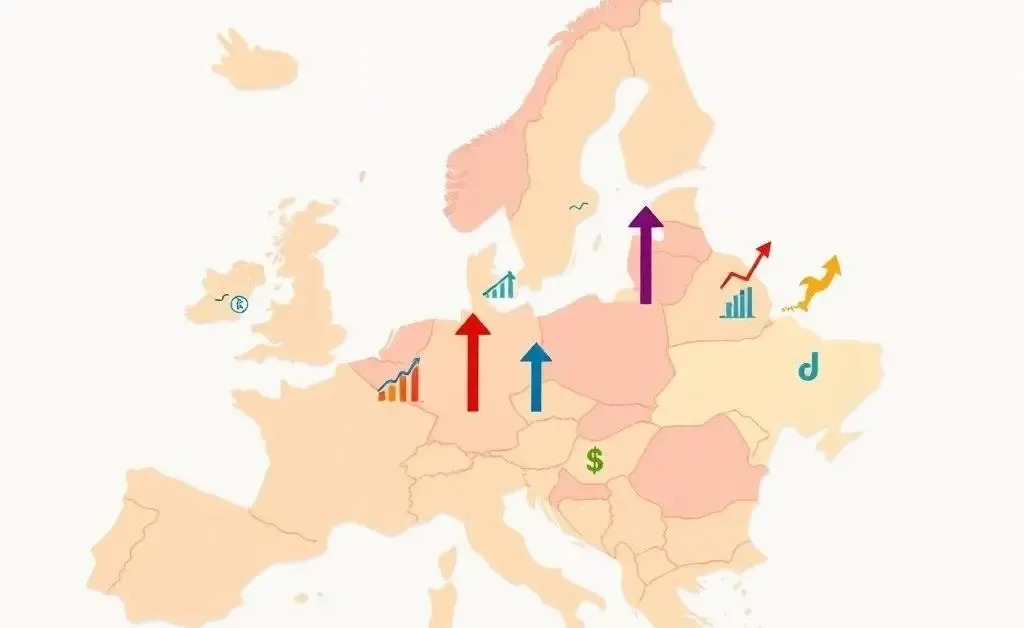5 Tips for Navigating the Global ETF Maze in the EU
Discover approachable ways to invest in global ETFs within the EU.

5 Tips for Navigating the Global ETF Maze in the EU
Have you ever thought about investing in a global ETF but found yourself tangled in the web of acronyms and regulations? You're not alone. Investing in ETFs within the EU can feel like navigating a maze. But fear not! In this guide, I'll share five tips to help you get started.
Understanding Global ETFs
Let's start with the basics. Exchange Traded Funds (ETFs) are essentially baskets of securities that trade on stock exchanges, just like individual stocks. Global ETFs provide you with a diversified portfolio of international securities without the hassle of managing multiple individual stocks.
Why Choose ETFs?
Here are a few reasons investors opt for global ETFs:
- Diversification: Spread risk over different markets and sectors.
- Cost-effectiveness: Generally, lower fees compared to mutual funds.
- Flexibility: Easily buy and sell on stock exchanges during trading hours.
Finding the Right ETF in the EU
A friend of mine, let's call him Tom, once decided to invest in ETFs after reading a thriving blog post on investment strategies. However, he quickly realized the complexities of selecting the right ETF on a European stock exchange. Here’s what he learned during his quest:
1. Choose the Right Exchange
Some of the major stock exchanges in the EU include the Deutsche Börse, Euronext, and the London Stock Exchange. Each has distinct listings and requirements. Researching where the ETF is listed can give you a sense of market exposure and trading liquidity.
2. Consider Currency Fluctuations
Most Europeans prefer ETFs in euros, but some are listed in USD. Be mindful of potential exchange rate fluctuations and how they might affect your investment value.
3. Pay Attention to TER
The Total Expense Ratio (TER) indicates the costs involved in managing the ETF. Aim for those with lower TERs, as this means more returns are retained within the fund.
4. Check the ETF's Liquidity
The ease of buying and selling ETFs is vital. Generally, higher trading volumes mean better liquidity.
5. Look Into the Index
Finally, it’s crucial to understand which index the ETF is tracking. Ensure it aligns with your investment goals.
Final Thoughts
Embarking on an ETF investment journey in the EU can be exhilarating and daunting at the same time. With the right research and considerations, you can navigate this maze confidently. So, what ETF investing adventures do you plan to undertake? Share your thoughts below!




